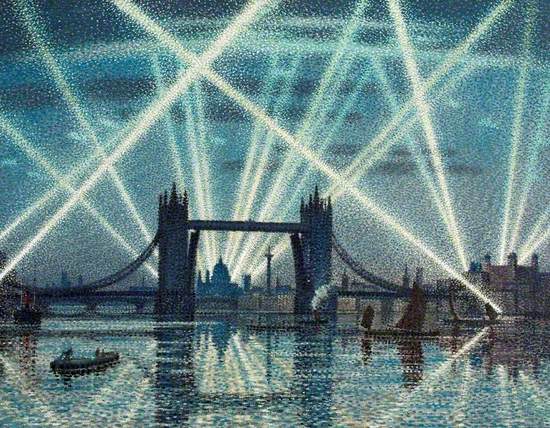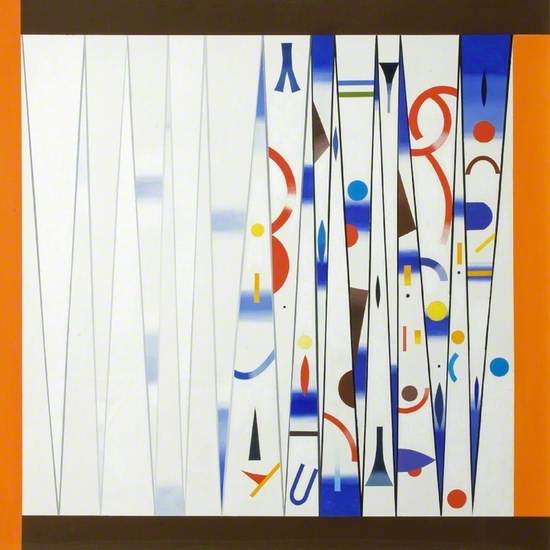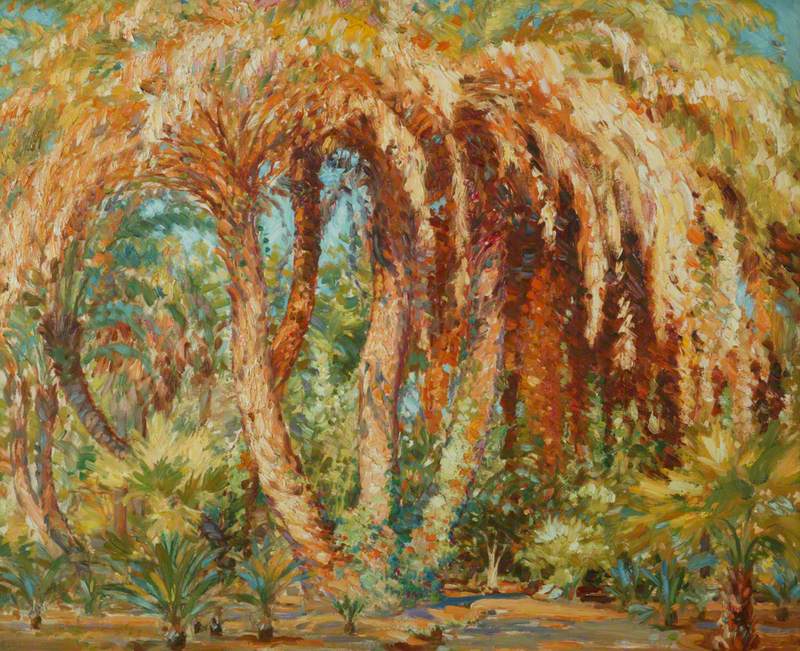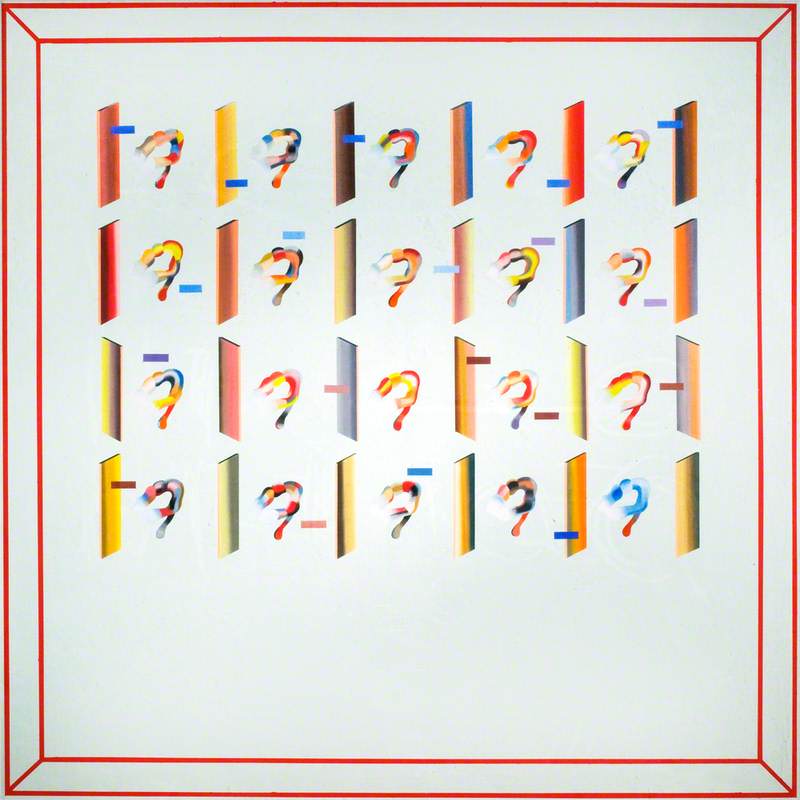This is another of our Art Snap curations here on ArtUK. This curation is also available as a video with commentary by our Collections and Exhibitions Officer, Katie Ackrill. Head over to the Swindon Museum and Art Gallery YouTube channel to watch the video.
In this curation, titled 'Highlights from the Civic Offices’, we've decided to take a look at some of the pieces which display the variety of Swindon’s collection, and also describe how these pieces show the quality of Swindon’s collection.
The Printer
At over a meter and a half in height, it is quite a large piece which is dominated, on the left-hand side, by the figure of a woman. On the other side of the image is a large printing press and hanging above them are a number of etchings hanging out to dry. The piece can be viewed as a celebration of Gosse’s work as an etcher. This celebratory spirit is reflected in the size of the painting, which indicates her high regard for this subject matter. It also comes through in the figure, whose face is covered by her bowed head, and her body tensed at the press, demonstrating the strength, concentration and dedication required in the art of etching. Although tempting to see the woman as a self-portrait, we know this isn't the case.
Laura Sylvia Gosse (1881–1968)
Oil on canvas
H 100 x W 74.8 cm
Museum & Art Swindon
Tower Bridge, London: A War-Time Nocturne
Perhaps the most striking thing about this piece is that it was painted in a style called pointillism. This style, which was developed in France in the late 1880s, involves painting using small dots of colour in a pattern to form an image. So, when viewed up close you can see hundreds of tiny dots, but when you step back the image comes together in a coherent whole.What is great about Barry’s use this technique, is the way he has developed different versions of it. In the sky we see this great dense expanse of fine dots in a variety of colours to represent the night sky with the search lights. In the Thames, which reflects the lights and the bridge and other features of the cityscape, he has used slightly looser, more fluid brushstrokes.
Claude Francis Barry (1883–1970)
Oil on canvas
H 73 x W 94.5 cm
Museum & Art Swindon
Sounds and Silences
Smith began as a social realist artist who was part of a group called the Kitchen Sink School. During that time, his work generally depicted the dark, crowded interior scenes he was living in.
But even early on, he quickly began to evolve his style and focus more and more on the formal elements of the scene, such as the way a shirt on a line catches the sunlight, or the fractured shapes of a still life.
By the 1980s his work had completely transformed, and he was concentrating on representing the experience of sound through bright colours, angular segmented compositions and small shapes and symbols. So, Swindon’s piece, Sounds and Silences, is all about trying to capture a sound using visual means.
If you enjoyed any of these artworks, or want to see what else Swindon Museum and Art Gallery have on offer, feel free to head over to our shop page at: https://artuk.org/shop/featured-collections/swindon-museum-and-art-gallery.html





